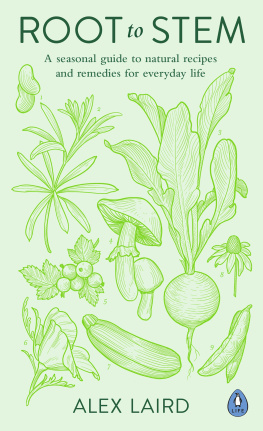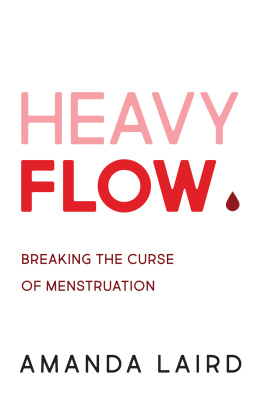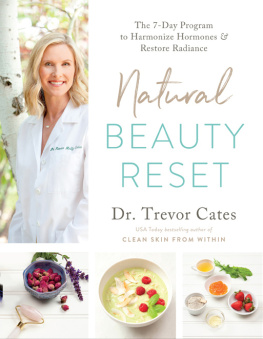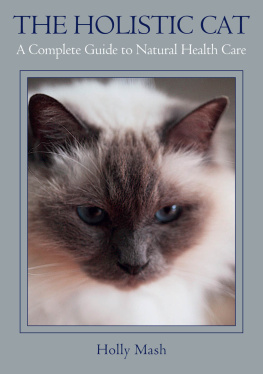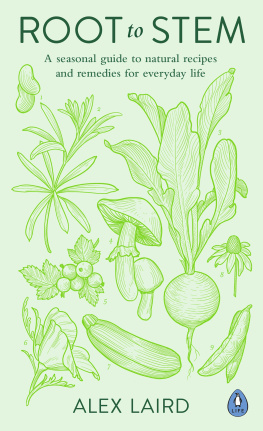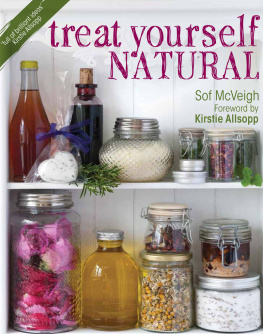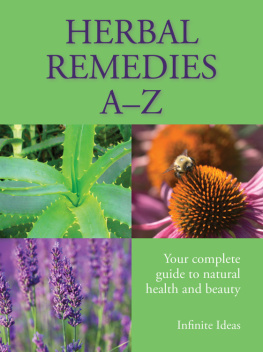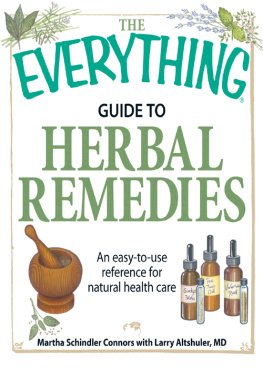About the Author
Alex Laird is a medical herbalist with more than twenty years experience. Trained in biomedicine and plant pharmacology, she runs the only herbal dermatology clinic based in an NHS hospital, at Whipps Cross. A visiting university lecturer, Alex has published research papers on the use of herbal medicine in the NHS. She runs the charity Living Medicine, which delivers practical workshops to inspire and reskill people in growing and using plants and foods to treat everyday ailments and manage chronic disease.
Alex Laird
ROOT TO STEM
A Seasonal Guide to Natural Recipes
and Remedies for Everyday Life

PENGUIN LIFE
UK | USA | Canada | Ireland | Australia
India | New Zealand | South Africa
Penguin Life is part of the Penguin Random House group of companies whose addresses can be found at global.penguinrandomhouse.com.

First published 2018
Copyright Alex Laird, 2018
Illustrations copyright Peach Doble, 2018
Warning
Care should be taken when foraging or using wild ingredients as some plants are poisonous and it is not always easy to differentiate between toxic and non-toxic species. Do not eat any wild plant until you are 100% sure of its identification. If you are unsure whether a plant is edible, it is important that you first check with an expert that the plant is safe to eat, and whether it can be eaten raw or should be cooked. Some plants should never be eaten raw as they are toxic when raw. With any wild edible plant, first try a very small portion to ensure that you do not experience any allergic or negative reactions to the plant.
Disclaimer: the information in this book has been compiled by way of general guidance in relation to the specific subjects addressed. It is not a substitute and not to be relied on for medical, healthcare, pharmaceutical or other professional advice on specific circumstances and in specific locations. Please consult your GP before changing, stopping or starting any medical treatment. For the safe use of plant medicine, consult a professional medical herbalist at either www.thecpp.uk or www.nimh.org.uk and see more information at www.herbalist.org.uk. So far as the author is aware the information given is correct and up to date as at 28 March 2019. Practice, laws and regulations all change, and the reader should obtain up-to-date professional advice on any such issues. The author and publishers disclaim, as far as the law allows, any liability arising directly or indirectly from the use, or misuse, of the information contained in this book.
The moral right of the author and the illustrator has been asserted
Cover illustrations Rachel Hauer
Text design by Cooper Street Type Co.
ISBN: 978-0-241-37122-0
This ebook is copyright material and must not be copied, reproduced, transferred, distributed, leased, licensed or publicly performed or used in any way except as specifically permitted in writing by the publishers, as allowed under the terms and conditions under which it was purchased or as strictly permitted by applicable copyright law. Any unauthorized distribution or use of this text may be a direct infringement of the authors and publishers rights and those responsible may be liable in law accordingly.
To my teachers and patients from all cultures who have shown me that nature is our ultimate teacher.
Introduction
Improving our health is something that every one of us can do. Small, simple changes in how we eat, sleep and live can transform our minds and bodies. By shaping our diet and lifestyle to be more in tune with our bodys design, we move closer to the natural world and rediscover the daily and seasonal rhythms that govern all of life.
Root to Stem is a seasonal and holistic approach to health that puts plants, herbs and nature at the heart of how we live and eat. It is a new kind of guide that links individual health to our communities and the planets health to sustain us all.
The root to stem philosophy health as a whole
The root to stem philosophy is firstly about the benefits of eating whole food in its natural state. This means eating the edible skin, pith and seeds of vegetables and fruit. Why? Because this is where most of the plants defence chemicals lie, which we and other animals use as medicine. This is what real food is in its whole form, it is much more than just fuel, and it comes with many therapeutic compounds that are vital for supporting our bodily functions. If you want a healthy gut and strong immunity, rethink and relish those fibrous fruit and vegetable skins; they reduce inflammatory hormones and give your gut microbes something to chew on to make many of your bodys essential chemicals.
Root to Stem is also about using whole herbs or whole parts of herbs, like the flowering parts, stems and leaves, seeds and roots. And herbs grow everywhere under our very feet! Supermarkets sell parsley, sage, rosemary and thyme, and together with wild nettles and dandelions, which are abundant and free, these are among the most effective herbs in a kitchen pharmacy. Theyre not just packed with minerals, vitamins and fibre, but their therapeutic compounds can treat common ailments from allergies to infections. Using plants as medicine is handy, saves money, and used wisely is safe. Theyre easy to grow and fun to forage. This book will show you how we can use them effectively to treat seasonal health problems and reduce disease.
Eating whole foods is how our ancestors ate for millennia. Using natures free medicines light, food and herbs is the fast track to building our resilience to illness. And by eating as much of the plant as we can, not throwing parts away, we reduce food waste and the damage that we are causing our planet in the process.
Variety is the spice of life
We are made of complex systems and its the very complexity and variety of plants we eat that enables our bodies to function fully. But since the industrial era, our diet has narrowed dramatically. Much of our disease is now nutrition related: worldwide, poor diet is the second leading cause of death after smoking and we must change this. We eat too little variety and too many processed carbohydrates, rather than a range of whole foods. Polished white rice, refined wheat and other carb-rich grains are really only semi-food. Refining them down from the original whole grain removes most of the nutrients and fibre that are vital for our health. We, not machines, are designed to be the food processor. It also leaves little for us to digest and so raises our blood sugar too fast, which becomes inflammatory and contributes to chronic conditions such as diabetes, heart disease and cancer. But we can prevent and may even treat these conditions by expanding what and how we eat and feel better in the process too.
A huge number of plants are edible, maybe as many as 100,000 species, but 75% of our foods come from just twelve species. We should consider fast food and refined carbs as a luxury, a treat, while whole colourful fibrous food sustains us long-term.
Eating root to stem
The beauty of eating whole plants in line with the root to stem approach is that they give us medicine as well as food. They contain the macronutrients of carbohydrate, fibre, protein and fat for our bodys structure and energy, along with the micronutrients of minerals and vitamins. They also contain an array of phytonutrients (or phytochemicals

